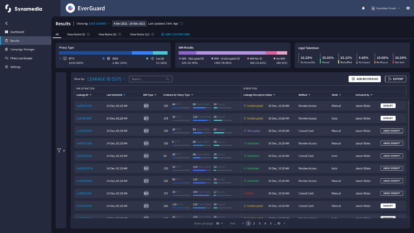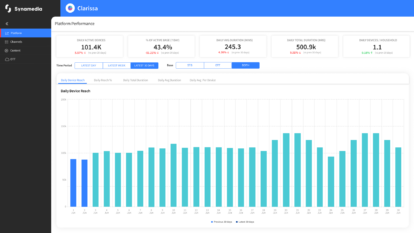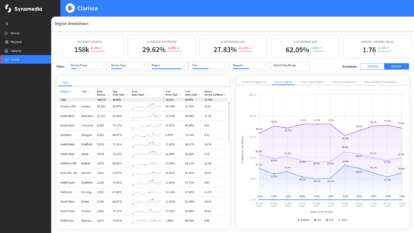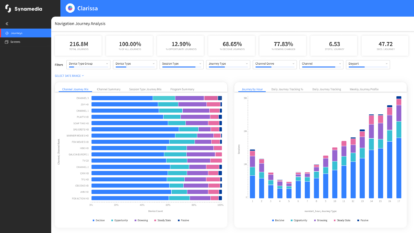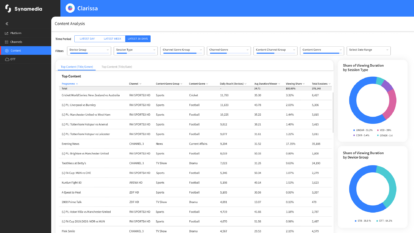Join us at NAB New York to hear how we can help make your streaming service more efficient and more scalable “just-in-time” so that the audiences you want to reach – around the corner or around the world – have the best possible experience.
If that’s not enough, let us tell you about our unique pay-as-you-go model. Trust us, this is a conversation not to be missed!
Book a meeting at the show here:

